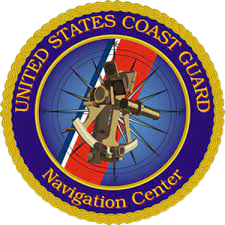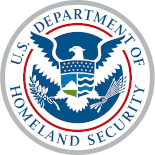VTS Origins
The concept of managing ship movements through a shore-side radar station is generally accepted to have first appeared in the port of Liverpool in 1949. In 1956, the Netherlands established a system of radar stations for the surveillance of traffic at the port of Rotterdam. As VTS evolved and spread in Western Europe, the commercial well-being of the port was the stimulus for new or expanded service. This contrasts sharply with the U.S. experience, where the first Federal (Coast Guard) VTS was an outgrowth of a 1968 research and development effort in San Francisco Bay called Harbor Advisory Radar Project (HARP). It was, as the name suggests, an advisory activity, and participation in the system was voluntary. Because it was voluntary, not all vessels availed themselves of VTS assistance or contributed to the service.
On January 18, 1971, the tankers Arizona Standard and Oregon Standard collided under the Golden Gate Bridge. The incident received nationwide attention and resulted in two significant maritime related safety initiatives - The Bridge-to-Bridge Radiotelephone Act, Title 33 USC §1201-1208, and The Ports and Waterways Safety Act of 1972 (PWSA), Title 46 USC §70001. It is from the latter that the Coast Guard draws its authority to construct, maintain and operate VTSs. It also authorizes the Coast Guard to require the carriage of electronic devices necessary for participation in the VTS system. The purpose of the act was to establish good order and predictability on United States waterways by implementing fundamental waterways management practices.
Using PWSA as the authority and the San Francisco Harbor Advisory Radar Project as the operational model, the Coast Guard began to establish VTSs in critical, congested ports. San Francisco was formally established along with Puget Sound (Seattle) in 1972; Louisville, KY which is only activated during high water in the Ohio River (approximately 50 days per year) was started in 1973; Houston-Galveston, Prince William Sound; Berwick Bay (Louisiana) and the St. Mary’s River at Sault Ste Marie, MI. New Orleans and New York provided services on a voluntary basis throughout the 1970-80's, however; these operations were curtailed in 1988 due to budgetary restraints but brought back on-line subsequent to the EXXON VALDEZ disaster, when the Coast Guard was mandated by the Oil Pollution Act of 1990 to make participation mandatory at existing and future VTSs. In 1994 VTS Los Angeles-Long Beach began operations as the first public-partnership VTS, followed by VTS Port Arthur (Texas) and VTS Tampa (Florida) in 2005.

